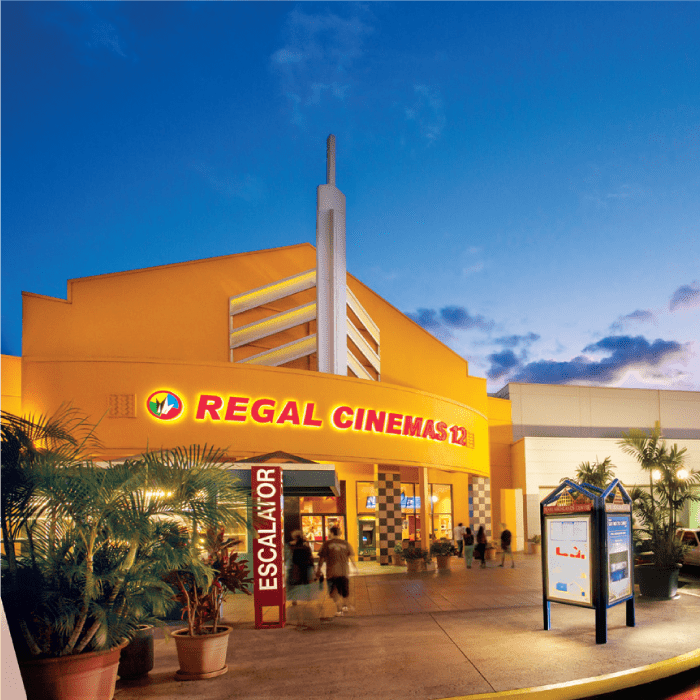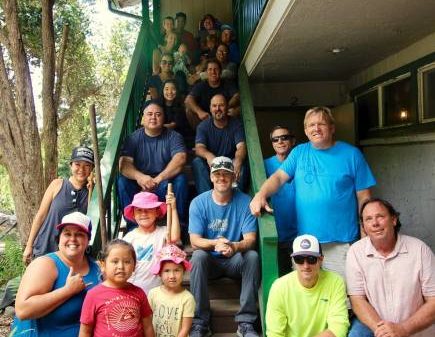
Carbon Lighthouse, which has been working with Alexander & Baldwin on increasing energy efficiency and reduce carbon emissions at four of its buildings, has raised $27 million in growth round funding, including a $3 million investment by Ulupono Initiative, the Hawaii-based impact investing firm founded by eBay founder Pierre Omidyar and his wife, Pam.
The San Francisco-based company’s mission to reduce carbon emissions while increasing revenue for commercial property owners “made it extremely attractive to us to have an impact here in Hawaii,” Greg Gaug, Ulupono Initiative’s vice president of investments, told Pacific Business News.
Gaug noted that the three Oahu properties owned by Alexander & Baldwin (NYSE: ALEX) — Pearl Highlands Center, Kakaako Commerce Center and Manoa Marketplace — that have been working with Carbon Lighthouse have eliminated more than 20,000 barrels of oil throughout the life of the projects through energy efficiency solutions.
A&B expects it could save “up to seven figures over 10 years, depending on the property, so it’s a significant number,” said Kit Millan, vice president of asset management at A&B Properties.
Carbon Lighthouse, which opened a Honolulu office in January, was founded in 2010 with the goal of “stopping climate change,” CEO Brenden MIllstein told Pacific Business News. The company, which was a member of the Elemental Excelerator’s 2016 cohort, has analyzed and implemented efficiency solutions in some 500 buildings across the United States.
Working for a fixed monthly fee of 20 cents per square foot, the company deploys sensors around a building that measure energy use, particularly for lighting and air conditioning and ventilation. Then they use that data in real time to make a building’s “existing equipment work better.”
“Think of it as getting your car tuned up, but every five or 10 minutes and automatically,” Millstein said.
The company has other clients in Hawaii that it declines to reveal, but A&B is the largest. Millstein said Carbon Lighthouse is also close to signing some new clients in the Islands.
“Hawaii, in particular, is a very exciting market for us,” he said. “Primarily because so much of the electricity from the grid comes from oil … [and] the financials in Hawaii tend to be about three times as good as they are on the Mainland.”
Clients on the Mainland typically see a return on investment of 100 percent, but Millstein said the ROI for Hawaii is estimated to be about 300 percent.
“The prices are high, and also the climate lends itself well to our technical solution,” he said.
Millstein said it might be typical in Hawaii to save $1 per square foot on energy, a financial benefit that is split three ways, with the landlord and tenant each taking 40 cents per square foot and Carbon Lighthouse taking 20 cents. The company also guarantees the building will see savings on energy bills.
“If we’re charging $100,000 a year, we’ll guarantee savings of $250,000 and if savings are less than what you guarantee, then we write a check back to the client to make up the difference,” Millstein said. “That has happened three out of the past 150 or so buildings — about 2 percent of the time we need to write a check, but on average we’re delivering about 10 percent more savings than we predicted, across the board.”
A&B started talking to Carbon Lighthouse more than a year ago, then early last year started with the energy efficiency analyses and implemented the capital program at the Kakaako Commerce Center in mid 2017. Pearl Highlands was second, Millan said.
“We did the analysis, and we just recently completed the capital program,” Millan said. “We don’t have results, but we’re pretty optimistic about what those savings will be.”
Manoa Marketplace is starting the capital project, and an A&B office building on Kahului is starting the analysis.
Millan said the savings could be passed on to tenants.
“We’re very optimistic the tenants will experience significant savings,” he said.
Meanwhile, Millstein said Ulupono Initiative is the largest investor from Hawaii in the current funding round. The lead investor is China’s GRC Sinogreen Fund, and individual investors include JB Straubel, the chief technology officer at Tesla Motors, Steve Girsky, a former top executive at General Motors, and executives from the Bristol Group and Brookfield Asset Management.
For Ulupono Initiative, the $3 million investment was a higher amount than typical investments. Ulupono has invested $5 million in the Honolulu Seawater Air Conditioning project, and has invested anywhere from $1 million to $3 million in several sustainable farming projects in the Islands.
“It’s on the higher end of what we typically do,” Gaug said. “It shows the confidence and expectations we have in Carbon Lighthouse and the impact they can have here in Hawaii.”




